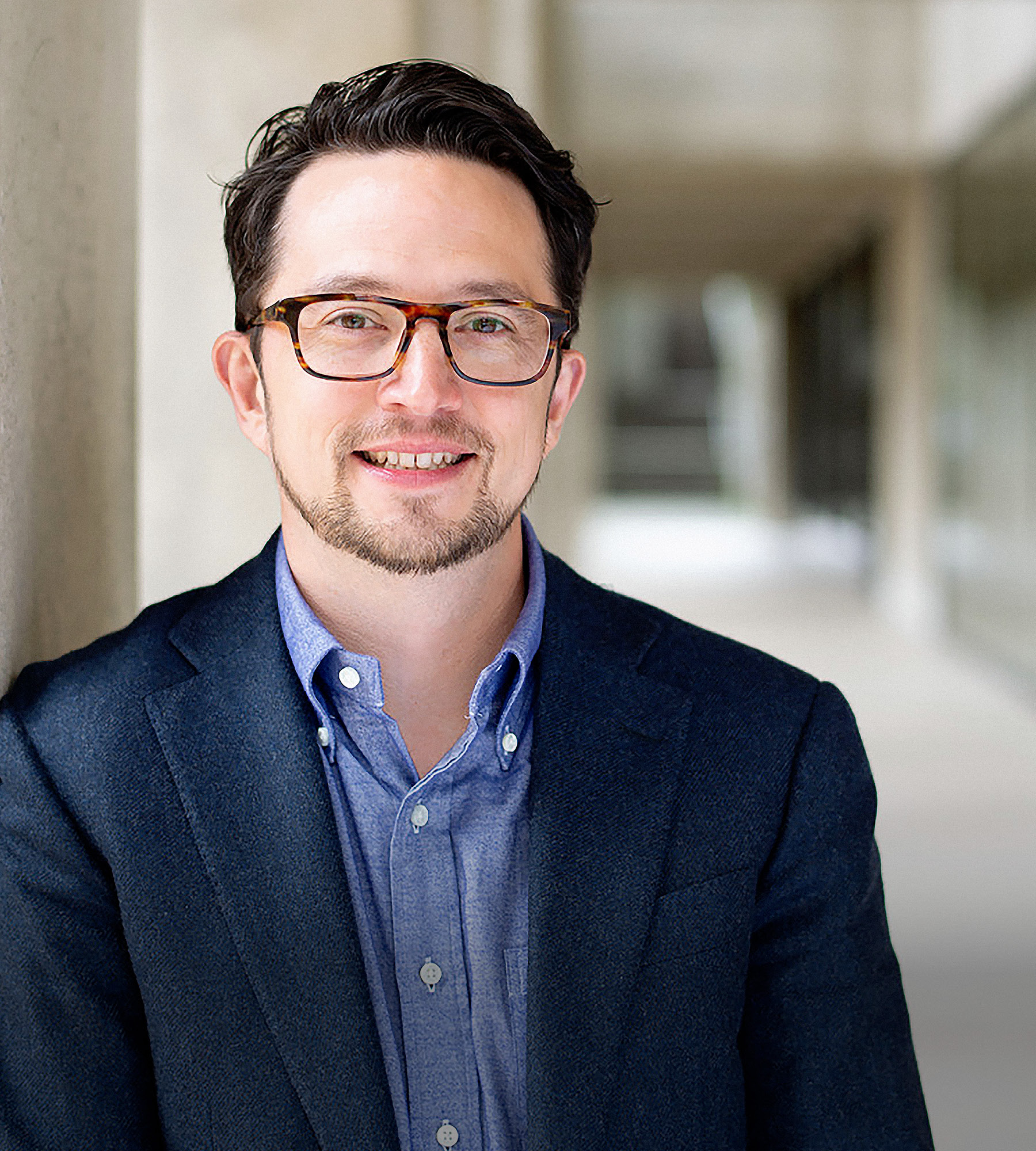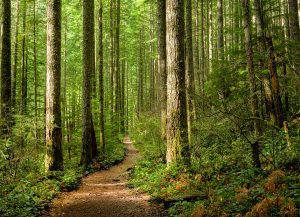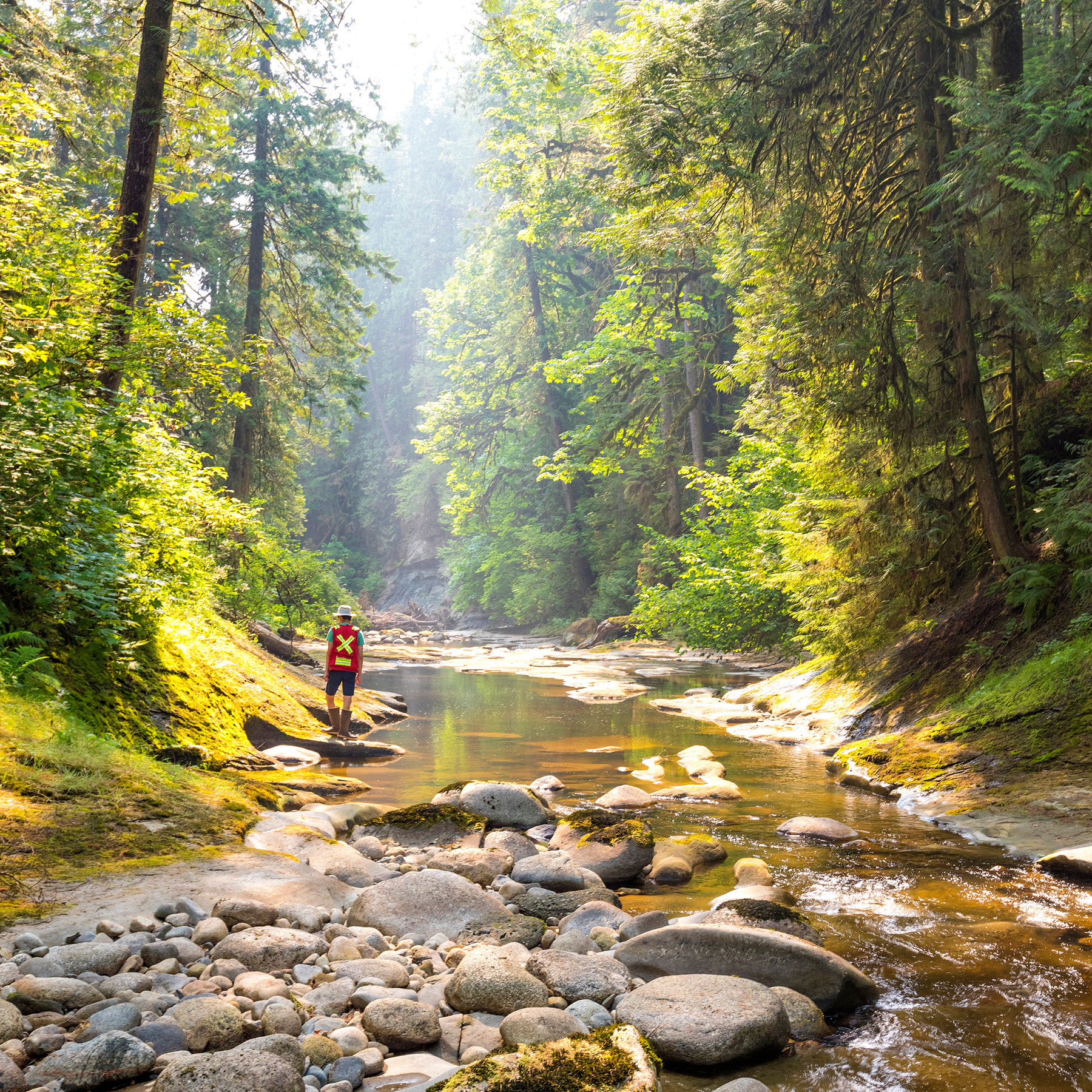Language
You can read the magazine in one of the following languages
Geolocation
You can read the global content or the content from your region


Thirty years ago, Derik Frederiksen was a forester working in Southeast Alaska. An Alaskan Native of the Ts’msyen Nation, he was intimately familiar with these woods, so upon walking through his lands one day, he noticed a startling change.
The Alaskan yellow cedar, an incredibly important species for most Indigenous tribes on the Pacific Northwest Coast in North America and Canada, was dying.
Temperature fluctuations of a single degree may not seem like a big deal further south, says Frederiksen, but in Southeast Alaska, that one degree was the difference between rain and snow.

And for the Alaskan yellow cedar, a tree with a very shallow root structure, it was the difference between life and death. The snow cover, once an insulative, protective blanket for delicate root systems, started to disappear. No longer safe from temperature changes, all over the landscape, cedars began to die.
It was the late 80s. Frederiksen was worried. “If this tree was starting to die out, what would that mean for our people and our culture?” he remembers asking himself.
Fredericksen believes our planet is at a very important inflection point. So when the opportunity arose to join the Forest Stewardship Council (FSC) – an international non-profit that sets global standards for responsible forest management – as President of its United States national office in 2022, it was an easy decision.
“There are three things that have motivated me: my family, my culture and the planet. I typically focus on opportunities that allow me to hit all three of those objectives,” Frederiksen says.
Having spent 25 years working with his tribe on his native lands, the opportunity with the FSC was the chance to carry over the lessons he had learned working for his people to other Indigenous cultures around the world – many of whom rely on, and have a strong connection to, forests for livelihoods and wellbeing.
“Forests provide clean air, clean water, biodiversity, rural resiliency,” Frederiksen explains. “They’re a tremendous tool to help us combat climate change.”
The FSC works to ensure the long-term sustainability of our forests. To do so, they provide a certification system for verifying the origin of forest products.

But these certifications are merely a means to an end; they are not an end in itself, says Frederiksen.
“What I saw in the FSC was an organization that has built a worldwide organization with employees on all six habitable continents trying to make a change. But I also see an organization that needs to evolve and do things differently.
“I looked at this as a great equation – a climate equation – and asked, how do we figure out the steps that we’re going to need to take in order to enact and have a thriving planet?”
For now, the FSC is working on staking out sustainable forestry’s relevance as a critical tool for combating the changing climate. The challenge, as Frederiksen sees it, is to better communicate the relevance of forests to an unknowing public.
“We provide insulation for large cities and communities, whether that’s drought control, whether that’s flood resistance. We provide clean air, clean water. We provide biodiversity, fish and wildlife habitat. And we provide an economic means for individuals to work and live and thrive out in these rural communities,” Frederiksen says.
Frederiksen’s commitment to creating a more sustainable future has earned him a reputation as a dedicated changemaker. As the leader of an international non-profit, how does he aim to make lasting changes?
“You must have a clear vision of where you’re headed and then reverse engineer the steps necessary to ensure you get to where you think that vision needs to be. And you realize along the way that it’s not just you, it’s the entire organization, so you need to find ways to ensure the organization understands the direction you’re moving, then look for ways to align all those resources.”

Frederiksen believes our window of time is short. We need to work together, he says, to stop temperatures rising any further. “We need your help to ensure a healthy and thriving planet. Everybody has the ability to make the right purchase decision, to make the right choice. You have the ability to make a purchase that can support sustainable forestry and in the future biodiversity, clean water and clean air,’ he says.
“All of these are going to help us as a planet achieve the ability to mitigate and dampen the impacts of climate change, but we need your help in order to do that. And the more awareness that you can gain and retain with regards to sustainable forest management, the more likely that you’ll be able to make the right purchase choice.”